After this blog’s publication, Stuti Khemani wrote a follow-up blog, which is available here.
Universal or basic minimum income—direct cash transfers from the government to people—is on the policy agenda in the U.S. and India, the world’s two largest and most vigorous democracies. One of its earliest proponents in India has invoked Victor Hugo and proclaimed “no force on earth can stop an idea whose time has come.” It is timely then to share some descriptive evidence on what the poor citizens of India think about such schemes that global technocratic elites are cooking up for their benefit. In a survey conducted over November-December 2018, we asked people in rural Bihar, one of India’s poorest states, what they think about spending public budgets on direct cash transfers.
Building on prior work, we designed our survey questions to elicit views by presenting trade-offs: If the budget were spent on direct cash transfers targeted to poor people, it would come at the expense of other kinds of spending. Two different trade-offs with targeted cash transfers were presented in the allocation of (a hypothetical) additional budget for the block, a key local administrative unit in India. Respondents were told that since the (hypothetical) additional budget would be limited, the cash would come at the expense of either public health and nutrition services for children in their block or improving the quality of roads.
Of the approximately 3,800 respondents, only 13 percent chose cash if it came at the expense of spending to improve public health and nutrition (preferred by 86 percent of respondents). In contrast, if the cash came at the expense of improving roads throughout the block, the number rises to 35 percent of respondents choosing cash. These percentages are the same when we restrict the sample to respondents with little or no education, or to those who belong to historically disadvantaged caste groups. That is, the poor and less educated are overwhelmingly choosing public health over cash.

To place the trade-offs with cash in context, responses to two additional choices presented to respondents are revealing: (1) public health versus job creation programs targeted at the poor; and (2) public health versus roads. Public health was preferred by 73 percent when traded off against workfare programs which provide jobs to the poor, and by 79 percent when traded-off against roads.

Remember, India has the world’s largest workfare program, the National Rural Employment Guarantee Scheme (NREGS), which researchers have credited with having significant impact in raising incomes of the poor. It could be that because a real employment program is already receiving substantial funding, people respond to the hypothetical vignette about what should be done with additional budget by choosing another option. That is, they may be choosing the health option not because they really care about health per se, but because they think poverty alleviation programs are already well funded. However, Bihar is the state where the NREGS is reported to be working less well than in other states. Martin Ravallion writes that on a good measure of state-level performance, the rationing rate, or the share of rural households who wanted work on the scheme but did not get it, Bihar performs poorly: Compared to an all-India average of 44 percent, the share of rural households in Bihar who wanted work on the scheme but did not get it, is 79 percent.
Roughly, Kenneth Arrow’s injunctions notwithstanding, it would appear from these responses that some of the poorest citizens of one of the most economically underdeveloped parts of India prioritize public health well above job creation programs and roads, with cash coming last.


Now, we are not arguing that these survey responses are measures of stable preferences for public goods. Indeed, following the cutting-edge of the economics literature, we would instead argue that preferences are endogenous and dynamic, particularly when it comes to what the state should or should not do. People’s preferences, at the very least, would depend upon their views of how the state has performed in the past. It could be, for example, that precisely because the state has not performed well in implementing large, targeted poverty alleviation programs in the past, people are now expressing support for broader kinds of public services such as public health. Other parts of our survey show that even though people are unhappy with the quality of care available from public facilities for curative health, they rely on state-funded community health workers for preventive care and promotive outreach during women’s pregnancies and for their young children. But these community health workers seem to be severely under-resourced, perhaps explaining why respondents are answering that any additional budget should be allocated to them.
Other data from our survey also suggests that there isn’t much political demand for minimum income programs in this context. We asked village-level politicians (Gram Panchayat ward members, mukhiyas, and contenders for the mukhiya position who lost the last elections in 2016) which area of performance or service delivery would be most important for them to get elected or re-elected. Only 4 percent mention NREGS. The largest number of village politicians, 35 percent, mention “maintaining social harmony,” with the rest scattered across health (14 percent), education (14 percent), roads (15 percent), and water and sewage (15 percent).
We think this descriptive data brings critical questions for the policy debate on minimum basic income. One set of questions is centered around trade-offs—what is the risk that other types of public goods and services on which the poor may rely would suffer as a direct consequence of a cash transfer scheme? Both because of the fiscal cost of the scheme as well as the limited implementation capacity of state governments in India. Another set of questions is centered around the social hardships facing poor people in places like Bihar. Maybe, it’s not an accident that a majority of mukhiyas of rural Bihar cite maintaining social harmony as the most important area of their political work. Maybe, injecting cash into this environment could have unintended consequences of stirring social conflict. Maybe, the poor would find it difficult to use their new cash to improve their children’s lives, in the absence of the supply of public health programs.
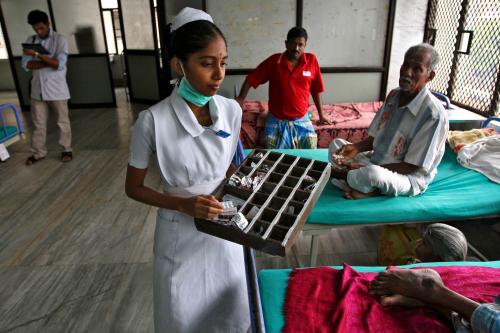
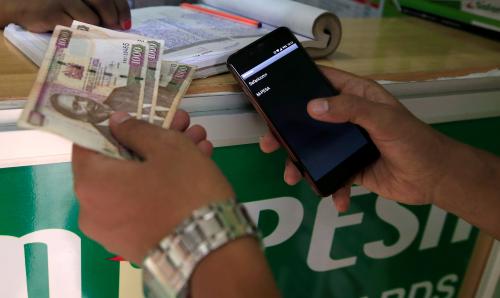
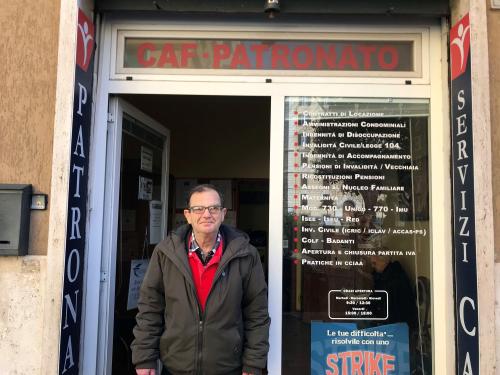
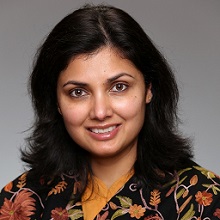


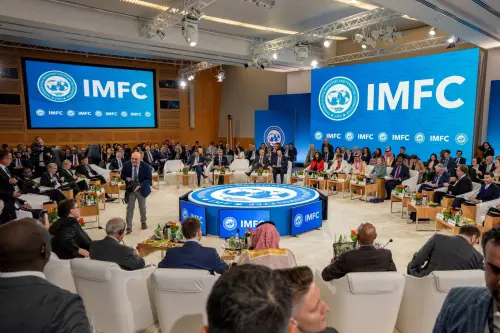

Commentary
What do poor people think about direct cash transfers?
April 8, 2019